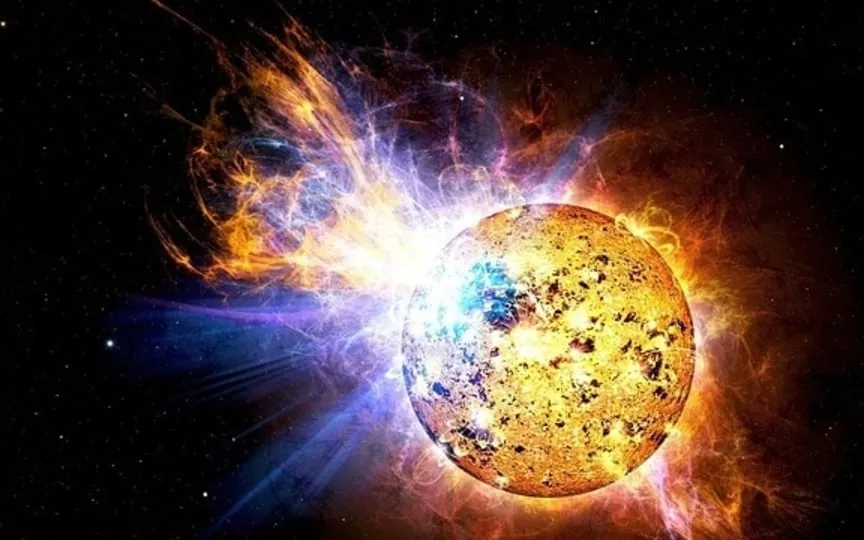CME Headed Towards Earth: Will it Cause a Geomagnetic Storm?
Geomagnetic storms have the ability to cause significant damage to technological instruments if they are strong enough when they hit Earth. If the initial solar storm from the Sun is weak, the impact on Earth will be less severe. It is important to understand the potential consequences of a powerful explosion of solar matter, even though not all sunspots on the solar surface actually explode. When the approaching CME interacts with Earth’s magnetic field, it leads to the formation of geomagnetic storms, which are categorized based on their intensity. G5-class Geomagnetic storms are the most powerful events ever observed and have the potential to greatly diminish technological advancements, comparable to a regression back to the Middle Ages.
Now, in a new development, forecasters at the National Oceanic and Atmospheric Administration (NOAA) have revealed that a CME may soon hit Earth, potentially leading to a geomagnetic storm. Know the details.
A geomagnetic storm on the cards
According to a report by spaceweather.com, National Oceanic and Atmospheric Administration (NOAA) forecasters have revealed details of a CME that was ejected by the Sun just a few days ago on September 25th. This CME can now deliver a striking blow. which may cause a geomagnetic storm today, September 28.
If it hits, it will likely cause a G1-class geomagnetic storm of weak intensity. These storms are unlikely to cause major damage to infrastructure, but can still cause aurora borealis and radio interference.
The report states: “NOAA forecasters say there is a small chance that a CME will graze Earth today. It left the Sun on September 25th, traveling near the edge of Earth’s shock belt. A glancing blow, if it occurs, would cause at most a small G1-class geomagnetic storm.”
Impact of G5 geomagnetic storms
These storms can disrupt all types of wireless communications, including GPS, cellular networks, and satellite communications. These storms can even damage terrestrial infrastructure by damaging repeaters in undersea Internet cables and blocking Internet access. Power grids are also sensitive to fluctuations and can be irreversibly damaged.
G5 class geomagnetic storms can even burn up small satellites in lower orbits and damage sensitive instruments in higher orbits. High voltage current in the atmosphere can also lead to damage to electronics. In short, a strong enough geomagnetic storm can send us into the dark ages in an instant.




